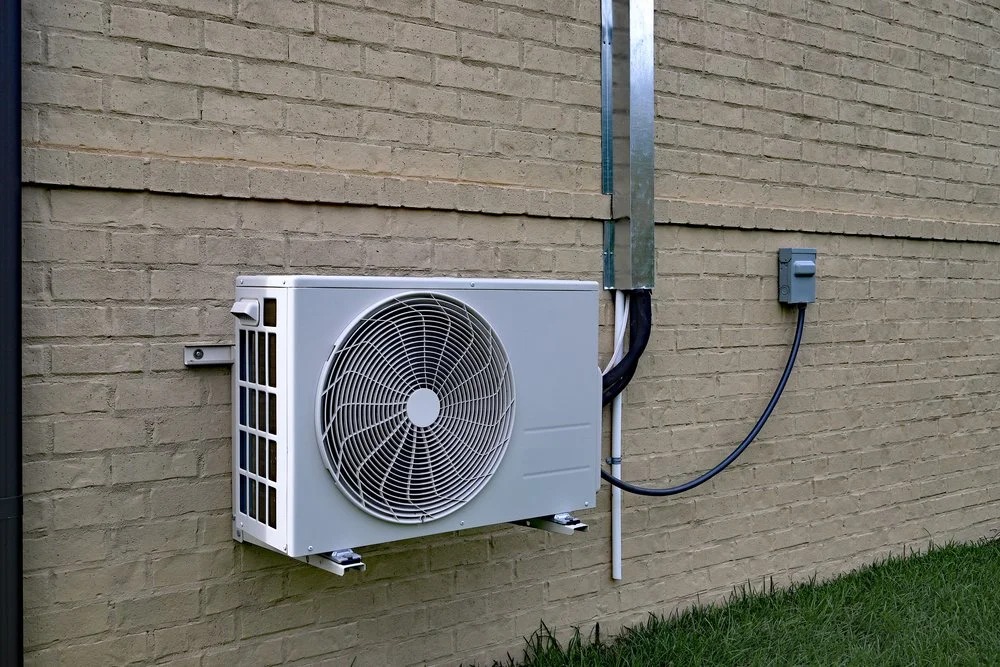Maintaining a window air conditioning unit is essential for ensuring efficient cooling and prolonging the lifespan of the appliance. Regular cleaning not only improves performance but also helps reduce energy consumption and prevent unpleasant odors. Many people assume that servicing an AC requires professional help, but with a few simple steps, you can clean your window unit yourself effectively. Begin by turning off the power to the air conditioner to avoid any electrical hazards during cleaning. Once unplugged, remove the front cover or grille carefully; this usually involves loosening screws or gently pulling it away depending on your model.
After removing the cover, take out the air filter. Most filters are reusable and can be cleaned easily with warm water and mild detergent. Soak the filter for about 15 minutes if it’s heavily soiled, then rinse thoroughly under running water until all dirt and soap residue are gone. Allow it to dry completely before reinserting it into the unit to prevent mold growth inside your AC.
Next, focus on cleaning the evaporator coils located behind where you removed the filter. Dust accumulation on these coils reduces cooling efficiency significantly. Use a soft brush or a vacuum cleaner with a brush attachment to remove loose debris gently without bending delicate fins. For more stubborn grime, apply a no-rinse coil cleaner spray designed specifically for air conditioners following manufacturer instructions carefully.
The condenser coils at the back of your window ac unit also require attention since they dissipate heat from inside your home to outdoors. If accessible from outside, use a garden hose with low pressure to wash away dirt and dust buildup without damaging fins or internal components; avoid using high-pressure water as this may bend or break parts.
Drainage systems in window units often get clogged due to accumulated moisture mixed with dust particles leading to leaks or reduced efficiency over time. Inspect drainage holes regularly and clear blockages using thin wire or compressed air if necessary.
Reassemble all parts once everything is clean and dry before plugging in your AC again for operation testing purposes ensuring no rattling noises occur indicating loose fittings after maintenance work completed correctly.



